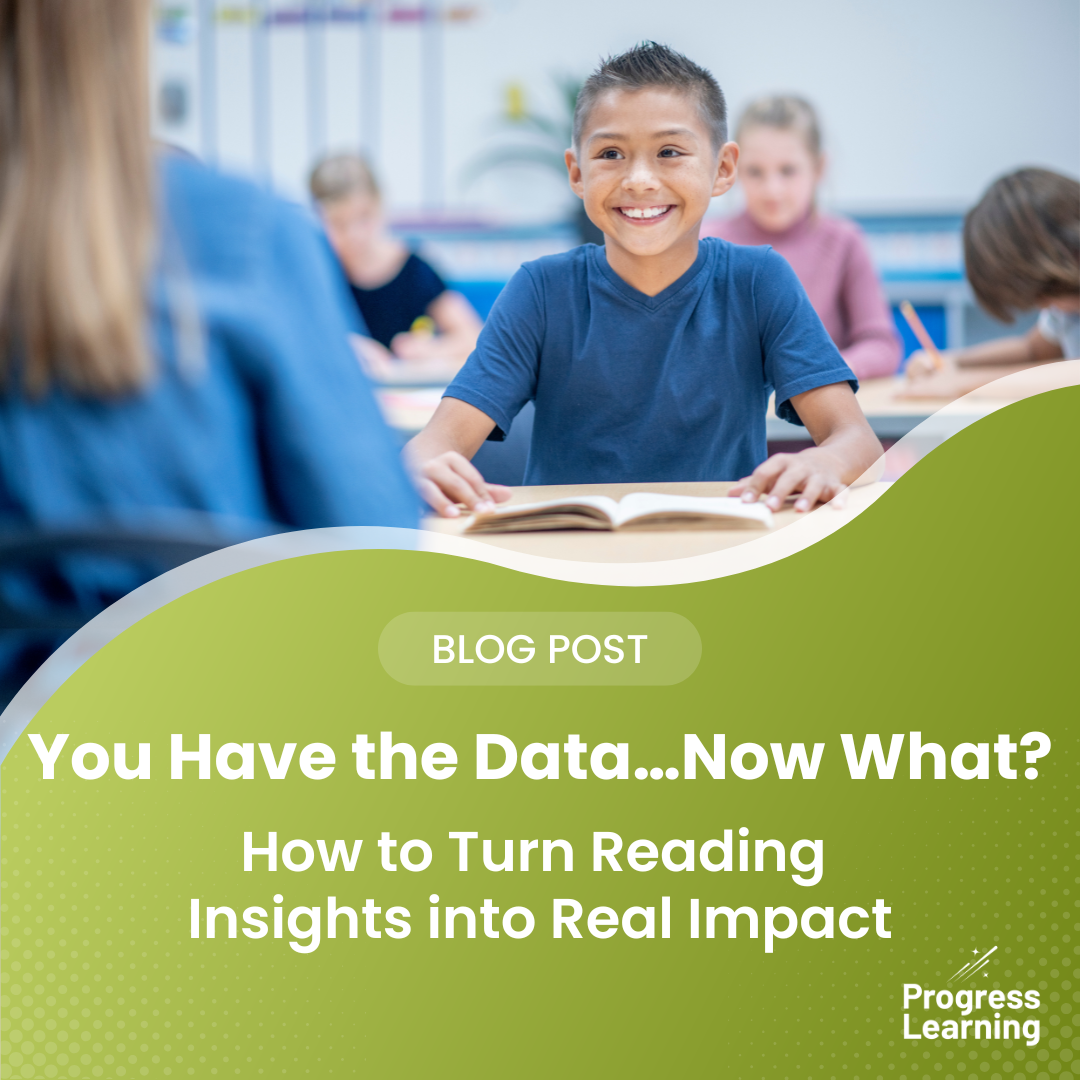Department of Education Funding Freeze Updates – August 2025
This summer, school and district leaders across the country faced an unsettling uncertainty: federal education funds traditionally disbursed on July 1 were frozen with little warning. Billions of dollars meant to support students, particularly those who are most in need, were held up pending a “programmatic review” by the U.S. Department of Education under the Trump administration.
Here’s a breakdown of what happened, where things stand now, and what this means for the 2025–26 school year.
A Summer of Uncertainty
Since returning to office, President Trump’s administration has floated significant cuts to the Department of Education and suggested reducing federal involvement in K-12 funding. While the department itself cannot be dismantled without congressional approval, staffing and funding changes have made headlines all year. The administration’s proposed 2026 fiscal year budget left Title I funding intact but called for cuts in other key areas, including English language learners (ELL), migrant education, and teacher development.
Meanwhile, schools were left in limbo. Traditionally, funding for several major grant programs, including Title II-A (professional development), Title III-A (ELL services), Title I-C (migrant education), and Title IV-B (before- and after-school programs) is released at the start of July. This year, more than $5 billion in funds were held back.
Programs Impacted
The freeze affected critical programs, including:
- Title II-A: $2.2 billion for teacher training and professional development
- Title III-A: $890 million for English learners
- Title I-C: $375 million for migrant education
- Title IV-B: $1.4 billion for before- and after-school programs
These programs provide direct support to schools and districts. For many leaders, the delay disrupted planning and budgeting for the upcoming school year, not only affecting the plans for programs affected by these funds, but programs that rely on general funds. Denial of funds in specific areas would mean that hard decisions have to be made in funding for other general areas.
Pressure from Both Sides of the Aisle
Throughout July, education advocates, district leaders, and lawmakers pushed back. A bipartisan group of Republican senators, particularly from rural states, urged the administration to release the funds, arguing that they go directly to local decision-makers who best understand their communities’ needs, which are aligned with the administration’s goals of supporting students according to the specific needs of the state or locality.
The call was heard. On July 25, Rep. Don Bacon (R-Neb.) announced that all frozen funds would be released, citing a successful appeal to the Office of Management and Budget.
What Happens Next
According to the Department of Education, “The programmatic review is over. Funds will be released to the states.” As of late July, the funds have been approved for disbursement, though the exact timeline for when they will reach districts remains unclear.
State education agencies are now coordinating with the federal government to get those funds moving. Importantly, there are no longer any administrative obstacles from the federal level preventing disbursement.
What This Means for Schools
While the funding is finally flowing, the freeze itself created ripple effects. Districts paused hiring, delayed PD planning, and held off on committing to intervention and enrichment programs. Some programs even had to scale back services or postpone start dates.
For school and district leaders, the lesson is clear: agility in budgeting and a strong understanding of funding timelines will continue to be critical in an unpredictable policy environment.
At Progress Learning, we understand how essential these funds are for professional development, student support, and enrichment programs. Whether you’re using funds to support intervention, remediation, or aligned assessments, we’re here to help you move forward with confidence.
Get in touch below to see how Progress Learning can fully support your schools.


